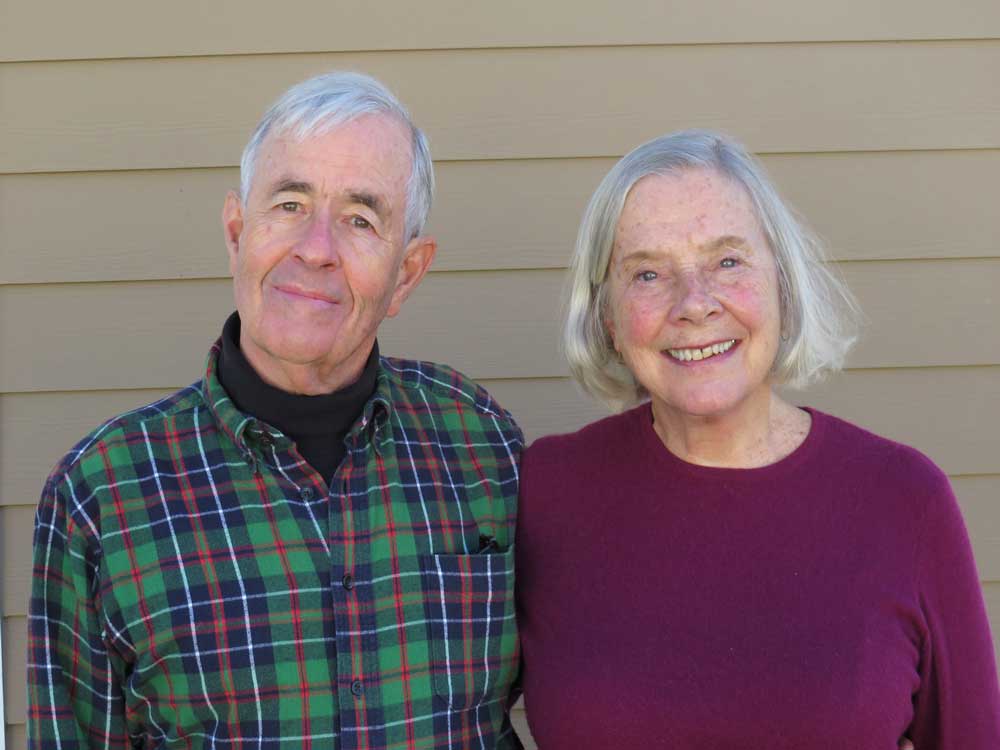Could Bizarre Visual Symptoms Be a Telltale Sign of Alzheimer’s?
UCSF leads first large-scale study to identify the characteristics of underdiagnosed syndrome.
A team of international researchers, led by UC San Francisco, has completed the first large-scale study of posterior cortical atrophy, a baffling constellation of visuospatial symptoms that present as the first signs of Alzheimer’s disease. These symptoms occur in up to 10% of cases of Alzheimer’s disease.
The study includes data from more than 1,000 patients at 36 sites in 16 countries. It published in the Lancet Neurology on Jan. 22, 2024.
We really need to understand why Alzheimer’s is specifically targeting visual rather than memory areas of the brain.
Posterior cortical atrophy (PCA) overwhelmingly predicts Alzheimer’s, the researchers found. Some 94% of the PCA patients had Alzheimer’s pathology and the remaining 6% had conditions like Lewy body disease and frontotemporal lobar degeneration. In contrast, other studies show that 70% of patients with memory loss have Alzheimer’s pathology.
Unlike memory issues, patients with PCA struggle with judging distances, distinguishing between moving and stationary objects and completing tasks like writing and retrieving a dropped item despite a normal eye exam, said co-first author Marianne Chapleau, PhD, of the UCSF Department of Neurology, the Memory and Aging Center and the Weill Institute for Neurosciences.
Most patients with PCA have normal cognition early on, but by the time of their first diagnostic visit, an average 3.8 years after symptom onset, mild or moderate dementia was apparent with deficits identified in memory, executive function, behavior, and speech and language, according to the researchers’ findings.
At the time of diagnosis, 61% demonstrated “constructional dyspraxia,” an inability to copy or construct basic diagrams or figures; 49% had a “space perception deficit,” difficulties identifying the location of something they saw; and 48% had “simultanagnosia,” an inability to visually perceive more than one object at a time. Additionally, 47% faced new challenges with basic math calculations and 43% with reading.
We need better tools and training to identify patients
“We need more awareness of PCA so that it can be flagged by clinicians,” said Chapleau. “Most patients see their optometrist when they start experiencing visual symptoms and may be referred to an ophthalmologist who may also fail to recognize PCA,” she said. “We need better tools in clinical settings to identify these patients early on and get them treatment.”
The average age of symptom onset of PCA is 59, several years younger than the typical memory symptoms of Alzheimer’s. This is another reason why patients with PCA are less likely to be diagnosed, Chapleau added.
Early identification of PCA may have important implications for Alzheimer’s treatment, said co-first author Renaud La Joie, PhD, also of the UCSF Department of Neurology and the Memory and Aging Center. In the study, levels of amyloid and tau, identified in cerebrospinal fluid and imaging, as well as autopsy data, matched those found in typical Alzheimer’s cases. As a result, patients with PCA may be candidates for anti-amyloid therapies, like lecanemab (Leqembi), approved by the U.S Food and Drug Administration in January 2023, and anti-tau therapies, currently in clinical trials, both of which are believed to be more effective in the earliest phases of the disease, he said.

Early warning signs
UCSF patient Charlie experienced strange visual symptoms, known as PCA, years before he received a diagnosis of Alzheimer’s disease. His wife Susan recognized something was wrong when she saw him struggle to address envelopes. An optician and ophthalmologist could not provide a diagnosis.
Today, Charlie is taking a drug in a UCSF clinical trial that he hopes will slow the progression of the disease.
“Patients with PCA have more tau pathology in the posterior parts of the brain, involved in the processing of visuospatial information, compared to those with other presentations of Alzheimer’s. This might make them better suited to anti-tau therapies,” he said.
Patients have mostly been excluded from trials, since they are “usually aimed at patients with amnestic Alzheimer’s with low scores on memory tests,” La Joie added. “However, at UCSF we are considering treatments for patients with PCA and other non-amnestic variants.”
Better understanding of PCA is “crucial for advancing both patient care and for understanding the processes that drive Alzheimer’s disease,” said senior author Gil Rabinovici, MD, director of the UCSF Alzheimer’s Disease Research Center. “It’s critical that doctors learn to recognize the syndrome so patients can receive the correct diagnosis, counseling and care.
“From a scientific point of view, we really need to understand why Alzheimer’s is specifically targeting visual rather than memory areas of the brain. Our study found that 60% of patients with PCA were women — better understanding of why they appear to be more susceptible is one important area of future research.”
Co-authors: Please see the study.
Funding: The primary study is unfunded. For information on funding for all sites and declarations of interests, please see the study.
About UCSF Health: UCSF Health is recognized worldwide for its innovative patient care, reflecting the latest medical knowledge, advanced technologies and pioneering research. It includes the flagship UCSF Medical Center, which is a top-ranked specialty hospital, as well as UCSF Benioff Children’s Hospitals, with campuses in San Francisco and Oakland, Langley Porter Psychiatric Hospital and Clinics, UCSF Benioff Children’s Physicians and the UCSF Faculty Practice. These hospitals serve as the academic medical center of the University of California, San Francisco, which is world-renowned for its graduate-level health sciences education and biomedical research. UCSF Health has affiliations with hospitals and health organizations throughout the Bay Area. Visit www.ucsfhealth.org. Follow UCSF Health on Facebook or on Twitter.
